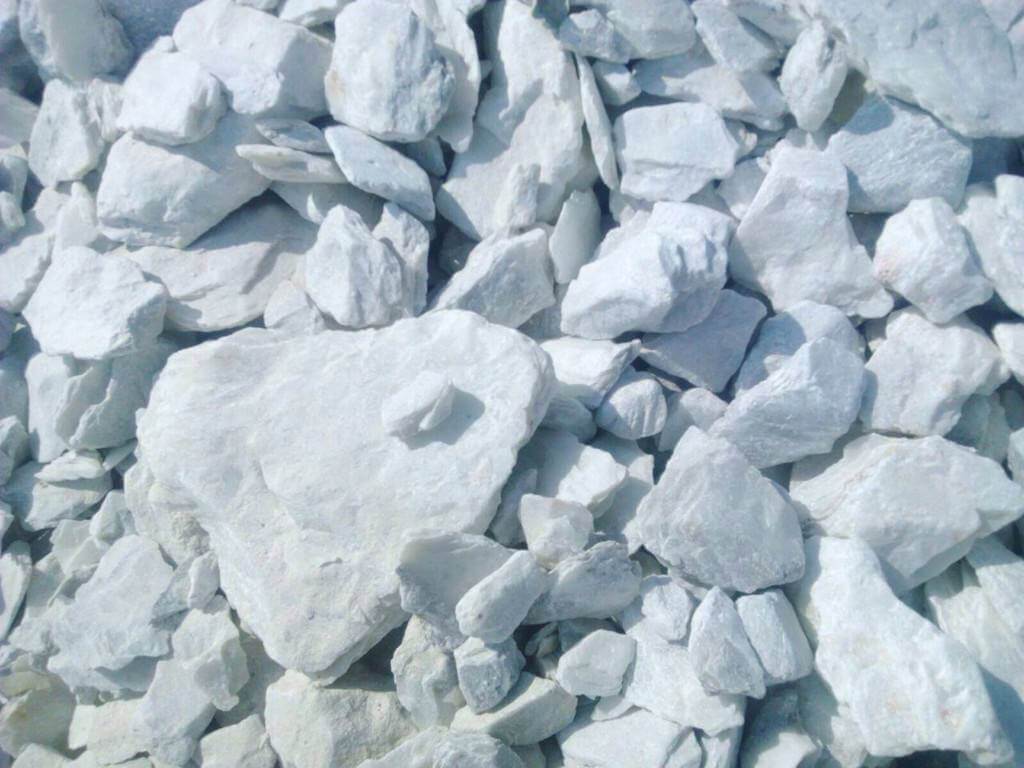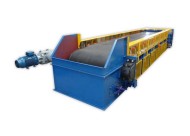Talc is widely used, and pure talc ore is rare, usually accompanied by other minerals, such as chlorite, magnesite, tremolite, dolomite, siderite, quartz, pyrite, etc. These minerals change the chemical composition of the ore and significantly affect the physical properties of talc. In order to improve the quality and meet the needs of industrial production, talc needs to be processed.
Talc property
Talc gets its name because of its softness and strong creaminess. Talc has high electrical insulation, thermal insulation, high melting point and strong oil adsorption performance, so it has a wide range of applications in industry. Among them, talc consumed by the paper industry accounts for about 60% of the total. In addition, talc is also widely used in many fields such as medicine, chemical industry, textiles, ceramics, and sculpture. The paper industry requires low iron content in talc. Therefore, the iron, manganese, nickel, and titanium contained in the raw ore need to be separated to obtain high-quality talc.
1. Flotation
Due to the natural floatability of talc, it can be floated with hydrocarbon oil collector. The commonly used collector is kerosene, flotation oil foaming agent. The flotation process of talc is relatively simple, requiring only one rough selection and sweep selection, and 3-4 selections. However, talc concentrate has a fine particle size and is difficult to dehydrate. flotation machine
2. Hand sorting
Hand sorting is selected by manual hand according to the difference in smoothness of talc and gangue minerals. Talc has good smoothness, the higher the grade, the better the smoothness, and it is easy to identify by hand. Most domestic talc mines often produce high-grade talc blocks by hand selection. In recent years, foreign countries have successfully researched a sorting machine called rappeller, which can separate talc from gangue according to the different coefficient of friction of the ore, so as to realize the mechanization of manual talc selection.
3. Electrostatic beneficiation
In addition to talc, talc also contains minerals such as magnesite, magnetite, pyrite, tremolite, etc. The embedded particle size is about 0.5mm. In an electrostatic field, talc is negatively charged and magnesite is positively charged , And both magnetite and pyrpyrite are good conductors, so it is easy to separate the above minerals in an electric field. electric separator
4. Magnetic separation
In addition to the fineness and purity required for talc concentrate, it must also have the No. 1 Baidu. Due to the existence of dyed iron minerals in the ore, flotation alone is not enough. Sometimes it is necessary to use magnetic separation to remove iron-containing materials. The Soviet Union and Canada have examples of magnetic separation for iron removal. The use of wet magnetic separation can reduce the iron content of talc concentrate from 4-5% to 0.7. magnetic separator
LATEST PRODUCTS
Belt Feeder
【Capacity】 10-450 t/h 【Power】 1.5-2.5 kW/Mete…
Twin Screw Feeder
【Feeding Capacity】 10-160 t/h【Power】 2.2-…
Tubular Screw Conveyor
【Capacity】6-50 m3/h【Procesible Material】 …










